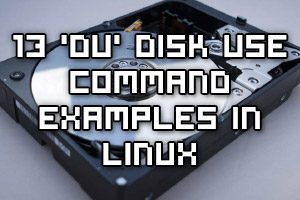
Here we’re going to cover how to find out what is using disk space in Linux with the ‘du’ disk usage command.
This command is extremely useful for tracking down large files, allowing you to find large files and free up precious disk space.
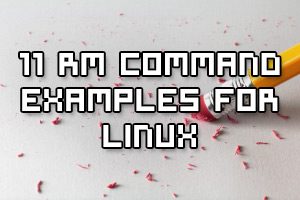
The ‘rm’ command is used to delete files and directories, rm comes from the GNU Coreutils package and should be available by default in Unix/Linux based operating systems.
By the end of this guide you should know how to use rm to remove files and directories in Linux by following these practical examples.
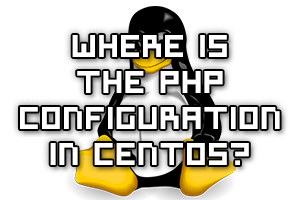
How can we find the default configuration files for the PHP packages in CentOS Linux?
By using the RPM command we can query a package to find all of its associated configuration files. Failing that we can use the find command to search the file system for these files, as we will see here.
Finally we’ll cover how we can use a phpinfo file to show us which configuration file is in use.
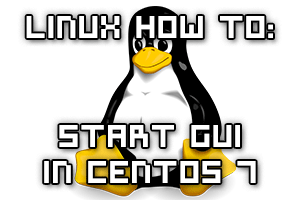
By default a full installation of CentOS 7 will have the graphical user interface (GUI) installed and it will load up at boot, however it is possible that the system has been configured to not boot into the GUI.
In this quick guide we will show you how to swap to the GUI and enable it to start up by default on system boot.
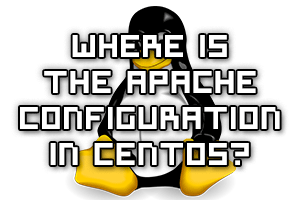
How can we find where the default configuration files for the httpd package in CentOS are located?
By using the RPM command we can query a package to find all of its associated configuration files. Failing that we can use the find command to search the file system for these files, as we will see here.